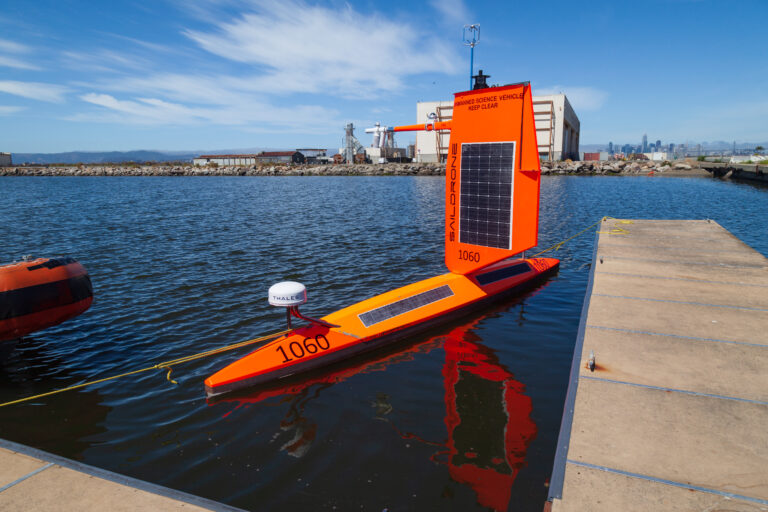Saildrone has announced a new mission to deploy five uncrewed surface vehicles (USVs) from the US Virgin Islands in August to gather key data throughout the 2021 Tropical Atlantic hurricane season.
The USVs will be equipped with specially designed ‘hurricane wings’ to enable them to operate in extreme conditions. Saildrones have been designed to withstand winds over 70mph and waves over 10ft.
The five saildrones will sail into the paths of hurricanes to provide valuable real-time observations for numerical hurricane prediction models and to collect new insights into how these large and destructive weather cells grow and intensify. The mission aims to improve understanding and predictability of tropical cyclone intensity changes and advance knowledge of the ocean-atmosphere interactions that fuel them.
The saildrones will provide new in situ data to NOAA’s Pacific Marine Environmental Laboratory (PMEL) and Atlantic Oceanographic and Meteorological Laboratory (AOML) – Saildrone’s scientific partners in this mission.
The data will also be valuable to other groups, including the US National Weather Service, which will use the data to improve forecasting, and the National Environmental Satellite, Data and Information Service (NESDIS), which will work to align data findings from other observing platforms, such as gliders.
“The biggest gap in our understanding of hurricanes are the processes by which they intensify so quickly, as well as the ability to accurately predict how strong they will become. We know that the exchange of heat between the ocean and the atmosphere is one of the key physical processes providing energy to a storm, but to improve understanding, we need to collect in situ observations during a storm. Of course, that is extremely difficult given the danger of these storms. We hope that data collected with saildrones will help us to improve the model physics, and then, in turn, we will be able to improve hurricane intensity forecasts,” explained Dr Jun Zhang, a scientist in the Hurricane Research Division at NOAA/AOML.
The vehicles will transmit meteorological and oceanographic data in real time including air temperature and relative humidity, barometric pressure, wind speed and direction, water temperature and salinity, sea surface temperature, and wave height and duration. The data will also be sent to the WMO’s Global Telecommunication System (GTS) and disseminated to all of the major forecast centers – some 20 agencies worldwide, including NOAA.
“PMEL has been working with Saildrone to develop the platform for specific ocean conditions since 2015. Sending a robotic vehicle into the eye of a hurricane, that’s never been done before. It’s an incredibly complex engineering challenge that could have a significant positive impact on our ability to predict extreme weather, for the benefit of communities facing these events,” said Christian Meinig, director of Engineering at NOAA/PMEL.
This mission is expected to create a foundation for PMEL and AOML to deploy a larger fleet of saildrones as part of a major field campaign for hurricane observations.



